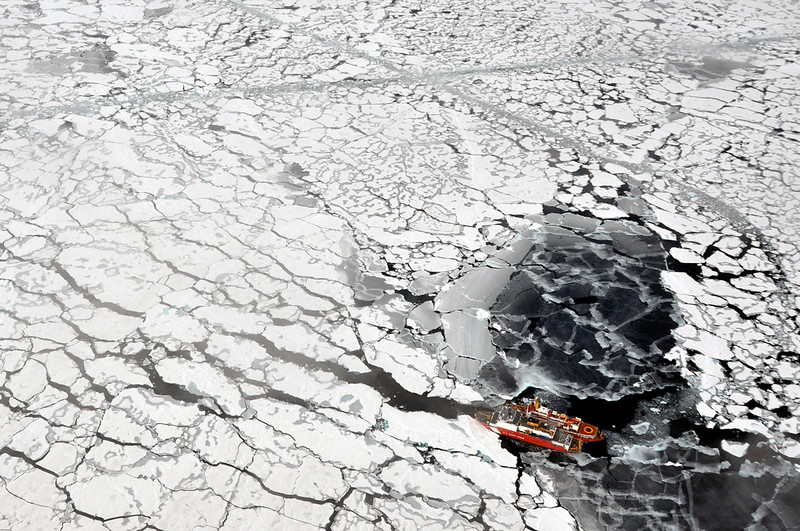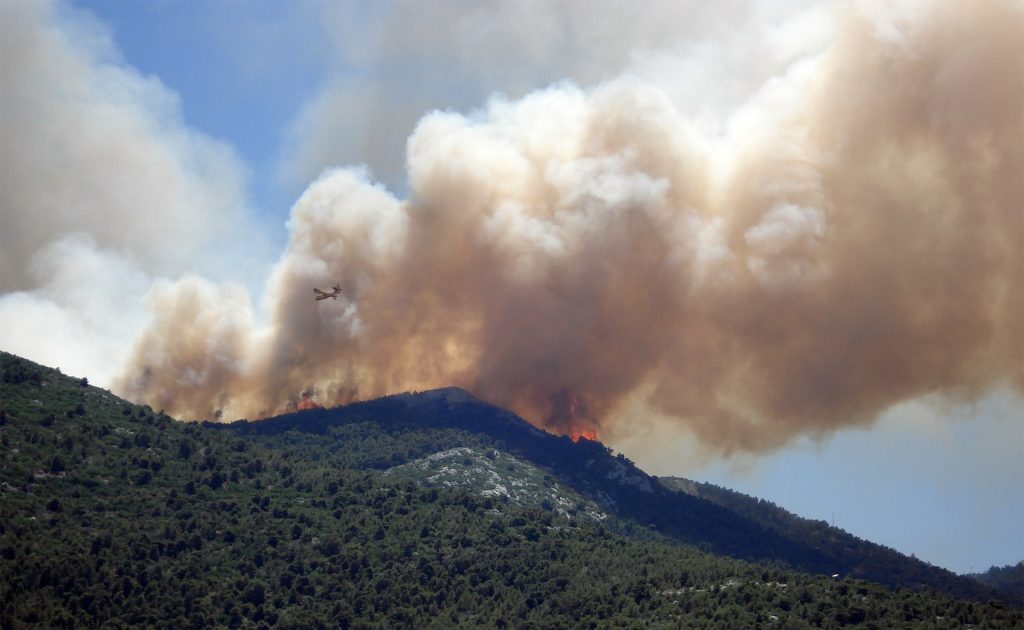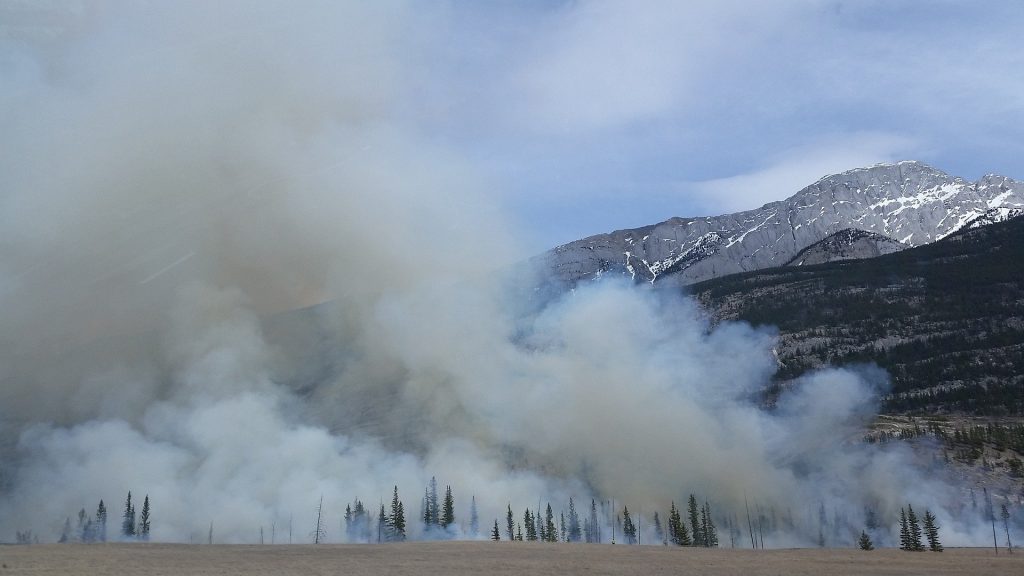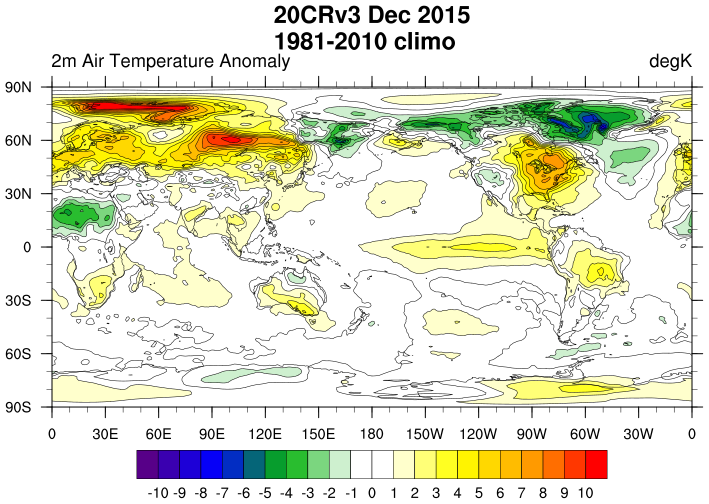Investigating the Complex Science of Transport in Large-scale Ocean Currents
In representing the transport of ocean properties such as heat or salinity, the smaller, more complex details may matter significantly according to researchers funded in part by the Climate Variability & Predictability (CVP) program.
Investigating the Complex Science of Transport in Large-scale Ocean Currents Read More »











